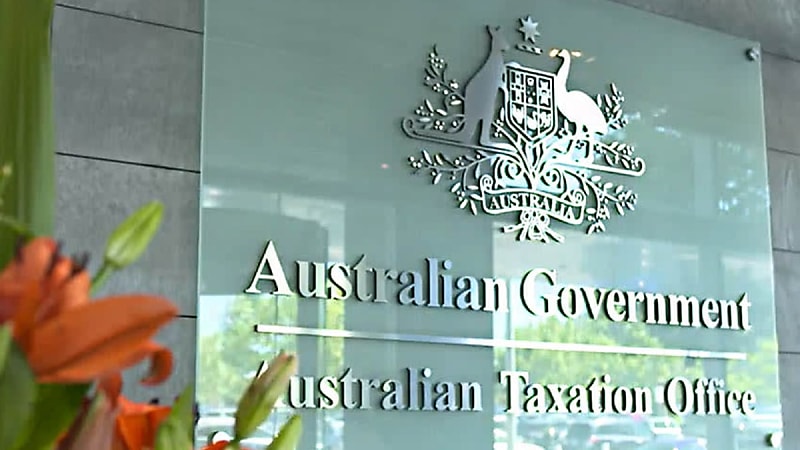Latest annual stats show SMSF sector continues to grow
The SMSF sector continues to grow, according to the latest ATO figures.
Data from the 2021–22 SMSF returns, which includes 2022–23 registrations, shows more than 610,000 SMSFs are holding $876 billion in assets, with more than 1.1 million members, as at 30 June 2023.
The statistics reveal that 65 per cent of SMSFs had been established for more than 10 years and the median age for newly established funds in 2021–22 was 46. Meanwhile, the median age of all SMSF members at 30 June 2023 was 62 years.
SMSFs had assets of almost $1.5 million on average in 2021–22, up 18 per cent over five years but down by two per cent from 2020–21, with 45 per cent of SMSFs having assets between $200,001 and $1 million, accounting for 17 per cent of the total of SMSF assets.
The average taxable income of all SMSF members was $145,000, while the median taxable income was $76,000.
Additionally, the average member balance for female members was $736,000, consistent with 2021–22 and up 23 per cent from 2017–18, while the average member balance for male members was $867,000, down one per cent from 2020–21 and up 19 per cent from 2017–18.
There were 3,444 audits performed on SMSFs in the 2021–22 period, with around 43 per cent of auditors performing between 5-50 audits, while 9.3 per cent of SMSF auditors conducted more than 250 audits, representing 70.5 per cent of total number of audits.
The number of auditor contravention reports (ACRs) reported by approved SMSF auditors in 2021–22 was 2.8 per cent of the total number of lodging SMSFs. In 2022–23, ACRs were lodged for 15,200 SMSFs, reporting 41,500 contraventions. Just under half (46 per cent) of all contraventions were reported as rectified.
In the survey period, 55.5 per cent of SMSFs were wholly in the accumulation phase, down from 58.1 per cent in 2020–21, and 59.1 per cent in 2017–18. The remaining 9.4 per cent of SMSFs were in the partial accumulation and retirement phase, up from 9.2 per cent in 2020–21 and 9.1 per cent in 2017–18.
Of the SMSFs that started to make retirement benefit payments, 67 per cent of the funds were more than five years old and 9 per cent were less than two years old.
At 30 June 2023, 68.1 per cent of all SMSFs had a corporate trustee. This is compared to new registrations during the 2022–23 year when 84.7 per cent of SMSFs were established with a corporate trustee.
SMSFs with two members continue to be the dominant structure, accounting for 68.3 per cent of SMSFs at 30 June 2022. Those with a single member made up 24.8 per cent of funds, while those with three and four members each make up three per cent of SMSFs and five or six member funds account for less than 0.2 per cent.
In 2021–22 the average return on assets (ROA) for SMSFs was 0.6 per cent, down from 18.2 per cent in 2020–21 and 8.0 per cent in 2017–18, while the proportion of SMSFs recording a zero or negative ROA decreased from 25 per cent in 2017–18 to 17 per cent in 2020–21, but then increased to 62 per cent in 2021–22.
The statistics also show that 74 per cent of SMSF assets are held in Australian listed shares (27.5 per cent) cash and term deposits (17.9 per cent), unlisted trusts (12.2 per cent), non-residential real property (9.9 per cent) and LRBA assets (6.7 per cent).
SMSFs in the retirement phase had very similar asset allocations to SMSFs in the accumulation phase. The only noticeable differences were that SMSFs in the retirement phase tended to favour listed shares, while accumulation phase funds held a greater proportion in LRBAs.




